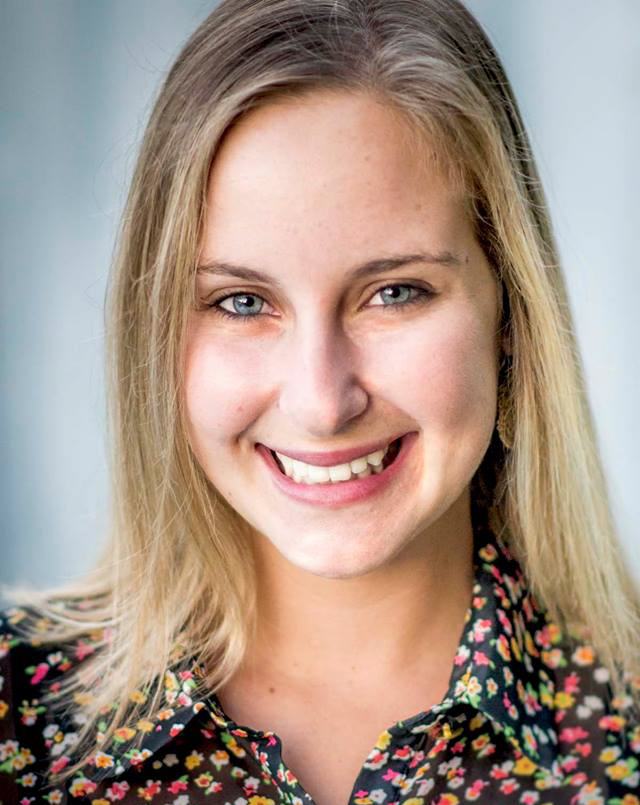
Our staff social coach and graduate student at UC Riverside, Elina Veystman, recently conducted an interview with Founder and Director of the UCLA PEERS Clinic, Dr. Elizabeth Laugeson. The transcript was originally published in the American Psychological Association (APA), Division 33 Winter 2018 Newsletter (Volume 44, Number 2). Read the full interview below.

Dr. Elizabeth Laugeson is an Associate Clinical Professor in the Department of Psychiatry and Biobehavioral Sciences at the UCLA Semel Institute and is a licensed clinical psychologist. Dr. Laugeson is the Founder and Director of the UCLA PEERS Clinic, which is an outpatient hospital-based program providing parent-assisted social skills training for individuals with Autism Spectrum Disorder and other social impairments from preschool to adulthood. She is also the Training Director for the UCLA Tarjan Center for Excellence in Developmental Disabilities (UCEDD), and the Training Director for the UCLA Autism Center of Excellence (ACE) Program’s Outreach Education and Dissemination Corp. Having trained thousands of mental health professionals, educators, and families in the PEERS method, Dr. Laugeson is dedicated to developing and testing evidence-based treatments to improve social skills across the lifespan, and disseminating these empirically supported programs across the globe. In addition to having research collaborators all over the world culturally adapting the PEERS intervention and conducting research on the program in their countries, her PEERS manuals have been published in Korean, Cantonese, Japanese, and Dutch.
Question 1: There is a lot of talk about the gap between research and practice, especially in terms of the types of programs being implemented in the community and in schools. Publishing scientific papers is crucial to advancing the state of our field, but what do you think is needed beyond this to disseminate evidence-based interventions into the community and schools?
Answer 1: Publishing scientific papers is critical for communicating with other research professionals, but it is not always the most effective way of communicating with educators and practitioners in the community. A natural form of dissemination that is often overlooked is the publication of treatment manuals. We have so many evidence-based interventions that have been thoroughly studied and tested, yet they are rarely disseminated into the community through published treatment manuals. That’s an area of translational research that is surely missed.
Q2: What are the greatest challenges with disseminating evidence-based interventions?
A2: It is a matter of timing and funding. Many treatment researchers would love to publish their interventions and make them accessible to others, but unfortunately that is rarely supported through time, effort, and funding by the agencies that fund these grants. If funding agencies like NIH or IES required that researchers publish treatment manuals and disseminate on that level, researchers would do that. But because it’s incredibly time-consuming and costs a great deal of resources to publish treatment manuals, the hope that people will do that out of the goodness of their hearts is not really realistic.
Q3: If a program has an established evidence base with a specific population demographic in the U.S., how can you ensure the cultural validity of the program with other populations? Is there a recipe for culturally validating an intervention?
A3: Culturally adapting an intervention is a lengthy process and really can’t be done by anyone outside the research community in that culture. It requires partnering with researchers across the globe. We’ve developed a specific method for doing that in our work in disseminating the PEERS intervention across the globe. Just to give an example of how we first culturally validated PEERS for a culture outside the U.S., working with Dr. Heejeong Yoo at Seoul National University, we were able to culturally and linguistically adapt the PEERS for Adolescents Treatment Manual for Korean youth. While Dr. Yoo was on sabbatical at UCLA, she discovered the PEERS program and asked me if she could receive certified training in the program. She was very inspired by the training and when she went back to South Korea, she worked with a translation team on a linguistic translation of the manual. She then shared that with over 25 mental health professionals in Korea to identify what was culturally sensitive about the intervention, and she adapted the treatment based on the feedback she received. Next, she surveyed over 400 typically developing adolescents in Korea to identify the ecologically valid social skills in that culture. For example, she identified how they spent their get-togethers with their friends, which extracurricular activities they joined to make friends, the different types of peer groups that existed in their middle schools and high schools, and how they responded to verbal teasing. She further culturally adapted the intervention based on that feedback. From there, she conducted a randomized controlled trial, and she got nearly identifiable findings to what we get in North America. That study really set the standard for how to culturally adapt this social skills intervention in other communities.
Q4: Many would argue that social skills are highly dependent on the cultural context. To what extent does a social skills intervention need to be culturally adapted? Are there stark differences between the PEERS program here and in other countries?
A4: It certainly depends on the social skills intervention, but one of the interesting things we’ve found in our cross-cultural validation with PEERS is that there are certain sessions in the intervention that are consistently culturally sensitive. Some things that might be slightly different across cultures are the names of peer groups and potential sources of friends, the ways teens use electronic communication, the extracurricular activities teens participate in, and the activities teens engage in during get-togethers. For example, in many Asian cultures, teens rarely have get-togethers in their homes, unlike in North America. Most get-togethers take place in the community outside of parental supervision, so the structure of social interaction looks different. Sessions like handling verbal bullying or teasing also vary by culture, not so much in the manner in which teasing is addressed but in the responses that are given. These are some of the sessions where we consistently see cultural differences. However, the process by which we determine what is culturally sensitive is very much like the model that was set by Dr. Heejeong Yoo at Seoul National University in South Korea. We don’t assume that these are the only areas that require cultural adaptation. We first need to survey mental health professionals and educators and then typically developing adolescents in that culture.
Q5: For graduate students and faculty who are developing and testing interventions, do you have any recommendations for how they can disseminate their programs while maintaining treatment fidelity?
A5: The first step in culturally validating any treatment program is to understand the core components that make up that intervention, and partner with credible researchers in that new cultural context. For PEERS, we do 24-hour certified training seminars over the course of three days, and we require that any researcher involved in culturally validating our program be a certified provider. I would recommend that whoever is responsible for overseeing the cultural modifications and linguistic translation of an intervention be very competent in the treatment to begin with. After linguistically translating the intervention, the intervention needs to be shared with mental health providers, perhaps educators, and other stakeholders to determine what is culturally sensitive. The feedback from that process should be incorporated into the cultural modification of the intervention. I would also recommend that typically developing individuals from the population being studied be queried about what is ecologically valid in that cultural context. And of course the gold standard for any intervention is a randomized controlled trial. Hopefully if that process is followed, the results will be quite similar.
For more information about the UCLA PEERS Clinic, please visit: https://www.semel.ucla.edu/peers or call (310)267-3377.